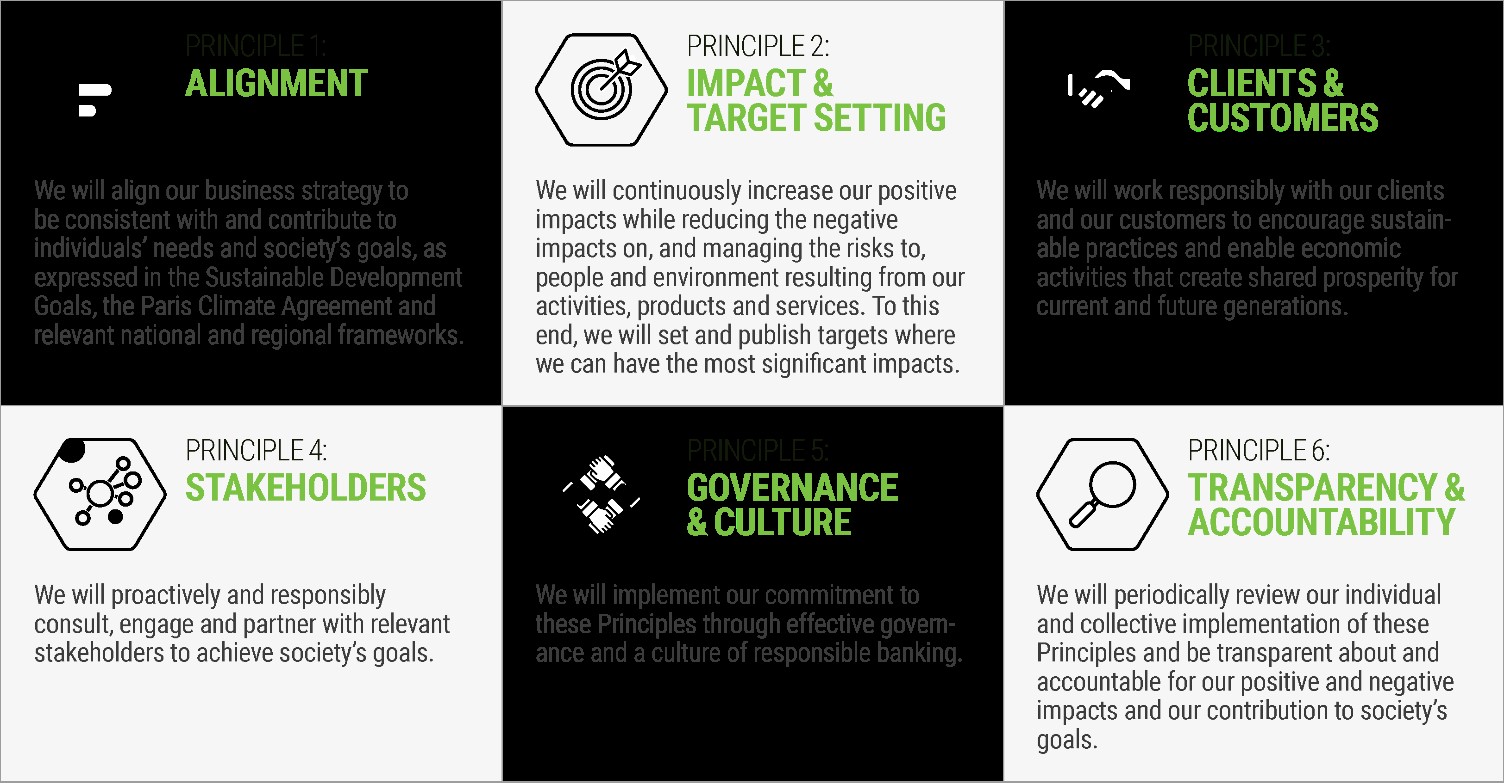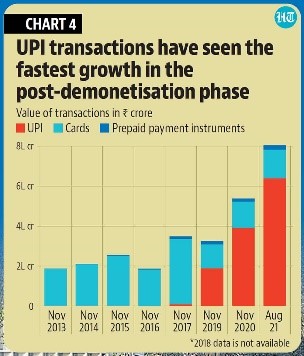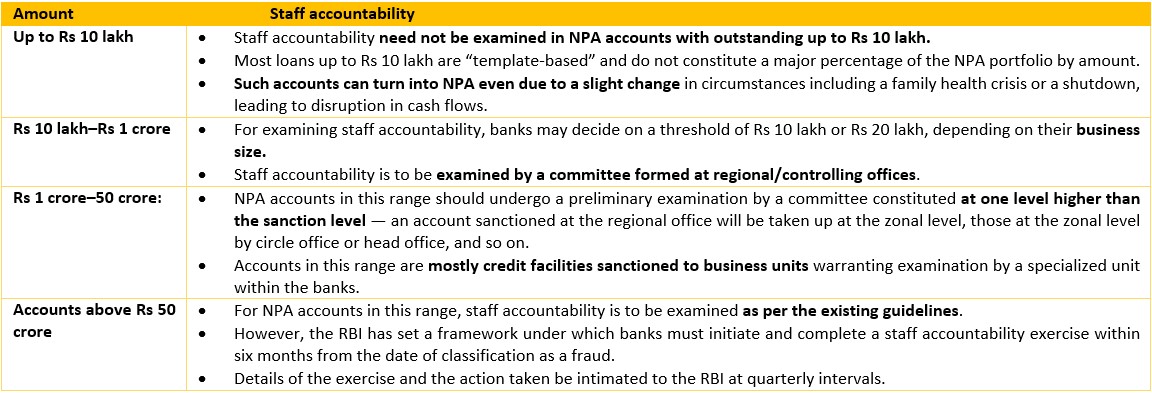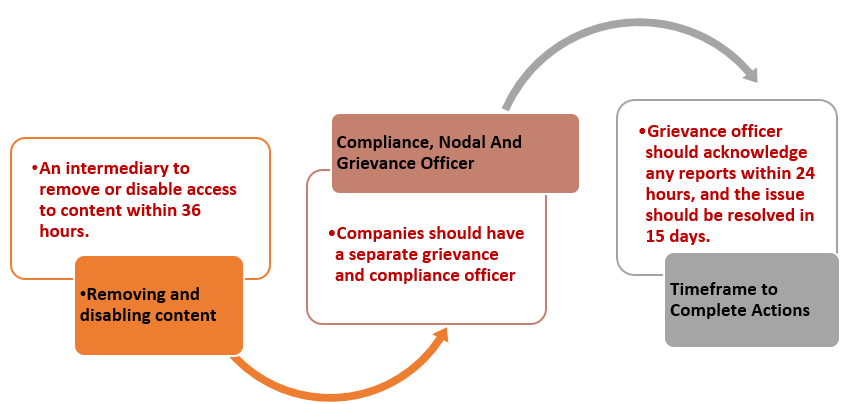Wednesday, 10th November 2021
Delhi Regional Security Dialogue on Afghanistan
In News
India will be hosting the ‘Delhi Regional Security Dialogue on Afghanistan’ today, 1oth November, 2021.
About the News
- Timing of the Dialogue: The dialogue is coming at a time when Taliban has taken over administration of Afghanistan, post United States troop’s withdrawal.
- Security Concerns: The Dialogue aims to evolve a “regional security architecture” to deal with the challenges arising out of the Taliban takeover of Afghanistan.
- Participants: It is third such meeting of National Security Advisers (NSAs). NSAs from seven countries (Iran, Russia, Kazakhstan, Kyrgyzstan, Tajikistan, Turkmenistan and Uzbekistan) will attend the meeting.
- This would be the first time that all Central Asian countries, not just Afghanistan’s immediate neighbours, would be participating.
Non-Participants: Neither Taliban nor leaders from the previous regime is not invited to the dialogue. China which participated in the last two meetings decided to skip this. Pakistan did not participate in any of the previous meeting and is not attending the current meeting

What are the challenges that India wants to discuss in the dialogue?
- Terrorism within Afghanistan and its spilling beyond its borders
- Radicalisation and extremism in the population in Afghanistan, and in Dialogue countries.
- Cross-border movement of people, including ordinary Afghans and Taliban fighters
- Drug production and trafficking
- Vast amount of weapons and equipment left behind by the US and its allies in Afghanistan.
Importance of the Dialogue for India
- Response to the invitation: The response to the meeting from the Central Asian Countries is to be seen as a manifestation of the importance attached to India’s role in regional efforts to promote peace and security in Afghanistan.
- Not a protocol-oriented meeting: This process is different from other processes on Afghanistan (the Heart of Asia process or the Moscow format). This is not among diplomats, nor is it led by foreign ministries, but is among the heads of the security establishments.
- Possibility of a joint communique: NSAs will engage on the security concerns emanating out of Afghanistan and will discuss practical cooperation (from intelligence sharing to information gathering to counter-terrorism capacity-building).
- Delivering humanitarian aid: All participating countries are concerned about the difficulties faced by the people of Afghanistan. So, the aspect of delivering humanitarian aid will be on the priority agenda.
- Opportunity to set the agenda: India had not engaged with the Taliban through publicly-announced official channels. This conference is India’s attempt to set the table, be on the table and decide the agenda.
What does Pak and China’s absence convey?
- Majority of the participating countries view Pakistan as “the source of the problem in Afghanistan”. It was Pakistan that had sheltered the Taliban and given them safe harbour while the war on terror was on and there is credibility gap between Pakistan’s intentions and actions.
- Absence of China sends out a signal that it doesn’t want to associate with any process led by India as it participated in the previous two dialogues in Iran.
Source:
Climate Change Performance Index 2021
In News
The 17th edition of the Climate Change Performance Index 2021 has been released recently.
About the News
- The annual Climate Change Performance Index (CCPI) is an independent monitoring tool for tracking the climate protection performance of 57 countries and the EU (which are together responsible for more than 90% of the global GHG emissions.
- It is compiled by Germanwatch, the New Climate Institute, and the Climate Action Network and has been published since 2005.
- It aims to enhance transparency in international climate politics and enables comparison of individual countries' climate protection efforts and progress.
- The CCPI assesses countries’ performance in four categories namely GHG Emissions, Renewable Energy, Energy Use and Climate Policy.
- The CCPI’s unique climate policy section evaluates countries’ progress in implementing policies working towards achieving the Paris Agreement goals.
Highlights of the Report
- The first three ranks of the overall rankings were kept empty because no country had performed well enough in all index categories to achieve an overall very high rating.
- GHG* Emissions: A strong COVID-19 rebound effect is seen for GHG emissions.
- Renewable Energy: Renewable energy is expanding, despite worldwide economic decline.
- Energy Use: Energy consumption continues to rise.
- Climate Policy: Climate policies increasing but still have insufficient ambition
- Top Ranking Nations: The index places Sweden on top, with other countries such as Morocco and the UK that are also ranked high.
- Bottom Ranked Country: The US has been placed at 61 as the bottom-ranked country.
- India’s Performance:
- In the overall rankings, India is at number 10 with a score of 63.98.
- It is a high performer except in the renewable energy category, in which it is ranked “medium” (benefitting from its relatively low per-capita emissions).
- In terms of greenhouse gas emissions, India is ranked 12.
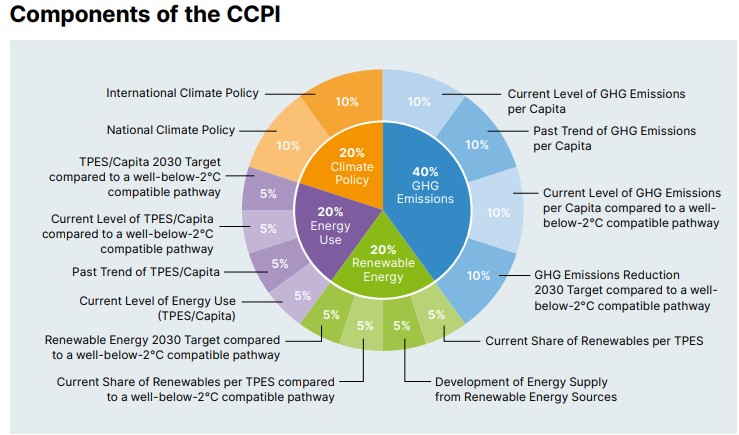
Source:
Financial Inclusion
In News
As per a report by the SBI, India is now ahead of China in financial inclusion metrics.
About the News
- India is now ahead of China in financial inclusion metrics, with mobile and Internet banking transactions rising to 13,615 per 1,000 adults in 2020 from 183 in 2015.
- The number of bank branches inching up to 14.7 per 1 lakh adults in 2020 from 13.6 in 2015, which is higher than in Germany, China and South Africa.
- Of total Jan Dhan account opened, almost two-thirds are operational in rural and semi-urban areas.
- The number of banking outlets in villages / BCs had risen.
Meaning of Financial Inclusion
- Financial inclusion means that individuals and businesses have access to useful and affordable financial products and services that meet their needs – transactions, payments, savings, credit and insurance – delivered in a responsible and sustainable way.
- Financial inclusion is measured in three dimensions:
- Access to financial services
- Usage of financial services
- The quality of the products and the service delivery
Importance of Financial inclusion
- Financial inclusion is the bridge between economic opportunity and outcome.
- Access to financial services opens doors for families, allowing them to smooth out consumption and invest in their futures through education and health.
- Access to credit enables businesses to expand, creating jobs and reducing inequality.
- Financial inclusion policies have a multiplier effect on economic growth, reducing poverty and income inequality, while also being conducive for financial stability.
- States with higher financial inclusion / more bank accounts have also seen a perceptible decline in crime along with a meaningful drop in consumption of alcohol and tobacco.
What more needs to be done?
- Fine-tuning the banking correspondent (BC) model by making it uniform across all banks for, there is a need to make the BCs interoperable.
- The Reserve Bank of India (RBI) should rationalise the interchange fees for Aadhaar Enabled Payments System (AePS) transactions and also disincentivise Business Correspondents (BCs) for unfair business activities to generate commission.
- There is need to increase Financial literacy as there is lack of awareness, especially amongst people, both rural and urban about various schemes of FIs.
- FinTechs can tie up with SHGs to reach out to women and bring about more gender equality in terms of financial inclusion.

Sources:
Adaptation Gap Report (AGR) 2021
In News
The sixth edition of the Adaptation Gap Report 2021, “The Gathering Storm - Adapting to climate change in a post-pandemic world’, was recently released by the UNEP.
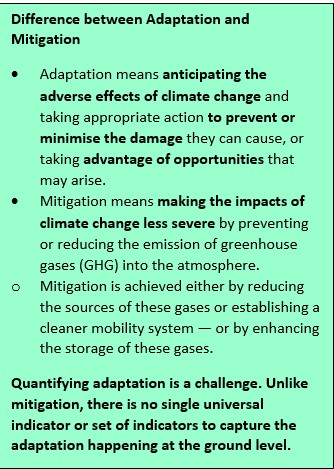
About the Adaptation Gap Report (AGR)
- The Adaptation Gap Report (AGR) is an annual UNEP flagship The report's primary objective is to inform about the status and trends within climate adaptation at global and regional levels.
- The AGR also provides a set of science-based options to policymakers and decision-makers to increase ambition in adapting to climate change across key climate-sensitive sectors.
- The adaptation gap is the difference between actually implemented adaptation and a goal set by society, determined largely by preferences related to climate change impacts, and reflecting resource limitations and competing priorities.
Why is Adaptation important?
- Current promises under the Paris Agreement point to global warming of 2.7°C by the end of the century.
- Adaptation can reduce climate risks, which accelerate with temperature rise. However, residual climate risks remain, and adaptation costs increase with climate risk.
- While strong mitigation is the best way to lower impacts and long-term costs, raising ambition in adaptation is critical to keep existing gaps from widening.
Status and progress of global adaptation planning, finance and implementation as per AGR, 2021

India and Adaptation Efforts
- The schemes comprising strong adaptation components include the
- National Sustainable Agriculture Mission,
- Crop diversification programmes,
- Systems of Rice Intensification,
- Zero-based Natural Farming,
- The National Initiative on Climate Resilient Agriculture,
- Pradhan Mantri Krishi Sinchai Yojana,
safety net programmes such as the MGNREGS and crop and livestock insurance.
- But, Ministries and agencies implementing these schemes, are unable to assess and report the collective adaptation impact. The need is for an umbrella institution in the nature of a National Commission on Adaptation to synergise and capture the adaptation outcomes in the government’s development initiatives, to steer policies conducive to mobilising climate finance both globally and nationally, and through the public and private sectors.
- Climate Finance: Climate finance for adaptation, on the scale required, will need to flow largely from domestic sources. International finance for adaptation is limited.
- But, the budget allocation for the National Adaptation Fund for Climate Change (NAFCC) has declined over the years.
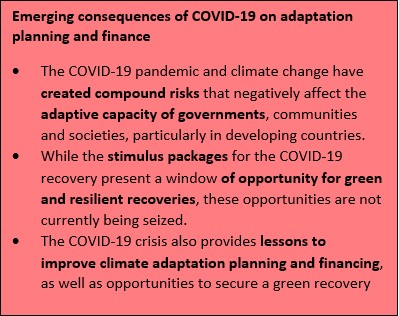
Way Forward: What can be done for Better Adaptation to Climate Change?
- Understanding Climate hazards: It is crucial to better understand future climate trends and hazards at the national level, as well as at the subnational levels (for example, to highlight levels of cross-scale homogeneity/heterogeneity in terms of adaptation-related challenges)
- Quantification and measurement of adaptation impacts: An appropriate metric based on global best practices is needed for quantifying and measuring adaptation effectiveness to enable prioritisation and scaling up of initiatives.
- Adaptation with Livelihood: The promotion of employment and income programmes such as MGNREGS, which not only deliver livelihood gains but also co-benefit adaptation and mitigation.
- Nature-based activities undertaken in the scheme such as soil and water conservation, drought- and flood-proofing or afforestation produce both adaptation and mitigation benefits.
- Science-based advances: There is an urgent need for science-based advances to understand the effectiveness of adaptation responses in terms of their ability to reduce climate risk levels, both now and in the future, and therefore support successful adaptation over the long run.
- Data Availability: The availability of multiple types of data and information needs to be substantially increased, including on private climate finance (to provide more comprehensive information on trends in adaptation finance) and adaptation plans implemented locally (to better capture the knock-on effect of national-level policies).
Question: Discuss the need for adaption to climate change. What can be the steps needed for adaptation?
Source:
This Day in History - World Science Day for Peace and Development
On November 10, 2001, after the proclamation by UNESCO, the World Science Day for Peace and Development is celebrated annually. World Science Day for Peace and Development highlights the significant role of science in society and the need to engage the wider public in debates on emerging scientific issues. It also underlines the importance and relevance of science in our daily lives. By linking science more closely with society, World Science Day for Peace and Development aims to ensure that citizens are kept informed of developments in science. It also underscores the role scientists play in broadening our understanding of the remarkable, fragile planet we call home and in making our societies more sustainable. The year 2021 marks 20th edition of World Science Day for Peace and Development. With climate change becoming a serious threat to the lives of billions of people and the planet, this year’s celebration will highlight the importance of “Building Climate-Ready Communities”.

Source:
Image of the Day - Issi saaneq
This is image of an artist’s impression of Issi saaneq. An international team of researchers from Portugal, Denmark and Germany performed a micro-CT scan of the bones if a well-preserved dinosaur skulls dinosaur. This enabled them to create digital 3D models, which led to the conclusion that the skull belong to a new species, which they have named Issi saaneq. The two-legged Issi saaneq lived about 214 million years ago in what is now Greenland. It was a medium-sized, long necked herbivore and a predecessor of the sauropods, the largest land animals ever to live. The name of the new dinosaur pays tribute to Greenland’s Inuit language and means “coldbone”, The new findings are the first evidence of a distinct Greenlandic dinosaur species. The dinosaur differs from all other sauropodomorphs discovered so far, but has similarities with dinosaurs found in Brazil.

Source:
Frothing Yamuna
- Context: Poisoned by tonnes of sewage, industrial and domestic effluents, the Yamuna in Delhi has been frothing.
- Froth formation is an annual phenomenon during winters that takes place on many lakes and streams and is a clear symptom that indicates that the river stretch is “dead”.
- Foam bubbles are produced when organic matter decomposes. These foam-producing molecules have one end that repels water and another that attract water and they work to reduce the surface tension on the surface of the water.
- These foam bubbles are lighter than water, so they float on the surface as a thin film that gradually accumulates.
- Untreated sewage that contain soap-detergent particles, industrial effluents, organic matter from decomposing vegetation, presence of filamentous bacteria are sources of pollution that cause foam formation.
- Short-term exposure to froth can lead to skin irritation/allergies and if ingested, these chemicals may cause gastrointestinal problems and diseases like typhoid. Long term exposure to heavy metals in industrial pollutants can cause neurological issues and hormonal imbalances.
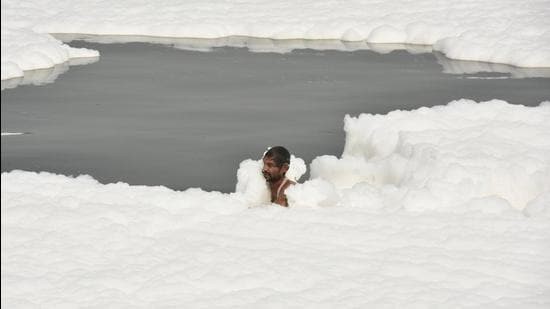
Sources:
Padma Award
- Context: Padma Shrihas been awarded posthumously to Abdul Jabbar who fought relentlessly for the victims of the Union Carbide gas leak.
- His relentless struggle for over three decades brought medical and economic rehabilitation to the scores of victims.
- The Padma Awards are one of the highest civilian honours of India announced annually on the eve of Republic Day on the recommendations made by the Padma Awards Committee, constituted by the Prime Minister.
- The Awards are given in three categories:
- Padma Vibhushan (for exceptional and distinguished service)
- Padma Bhushan (distinguished service of higher order) and
- Padma Shri (distinguished service).
- The award seeks to recognize achievements in all fields of activities or disciplines where an element of public service is involved.
- All persons without distinction of race, occupation, position or sex are eligible for these awards but Government servants including those working with PSUs, except doctors and scientists, are not eligible for these Awards.
- The nomination process is open to the public and even self-nomination can be made.
- The award is normally not conferred posthumously except for highly deserving cases.

Source:
Oral Antiviral Drugs for Covid-19
- Context: The UK drug regulator and Pfizer have approved and announced trial results of the oral antiviral drugs molnupiravir and Paxlovid for COVID 19.
- Molnupiravir (MK-4482, EIDD-2801), developed initially to treat influenza, has been repurposed and authorized for use in people who have mild to moderate COVID-19 and at least one risk factor for developing severe illness.
- It interferes with the replication of SARS-CoV-2, thereby reducing severity of disease and has been found to be “safe and effective” reducing the risk of hospitalization or death by approximately 50%.
- It is developed by Merck and Ridgeback and is under trials in India.
- Paxlovid is an investigational SARS-CoV-2 “protease inhibitor antiviral therapy” that inhibits viral replication at proteolysis, a stage that occurs before viral replication.
- It has been designed to be administered orally so that it can be prescribed at the first sign of infection or at first awareness of an exposure, potentially helping patients avoid severe illness.
- Paxlovid is found to have reduced the risk of hospitalization or death by 89%.

Source:
'Kumkum Bhindi'
- Context: The new red variety of ladyfinger known as 'Kumkum Bhindi' grown in Uttar Pradesh is found to double farmers' income.
- 'Kumkum Bhindi' contains anthocyanins, phenolics and a large amount of vitamin B complex that increase its nutritional value.
- It has 94% polyunsaturated fat which reduces bad cholesterol, 66% sodium content that helps in controlling high blood pressure, 21% iron that reduces the chances of anaemia and 5% of protein that keeps the body's metabolic system in order.
- The crude fibre present in it controls sugar.
- The ideal time for sowing Kumkum Bhindi is from early February to the second week of April.
- It can also be sown around November and the growth is usually less in December-January.
- This variety is sold at the rate of Rs 45- Rs 80 per kg while green ladyfinger ranges between Rs 12-15 per kg.

Source:
We need a vibrant corporate bond market: BL
Essence: The article revolves around the need to develop a vibrant corporate bond market in India. The market though present is very small in size, is saddled with supply as well as demand side issues. Moreover, Indian bond market is dominated by sovereign bonds with small chunk going to corporate bond sector. With government initiatives and conditions ripe in the economy the time is feasible for developing a deep, liquid and vibrant corporate bond market in India.
To develop the market, measures such as improving the financial literacy and education along with providing tax incentives for investing in corporate bonds could be taken. All this will lead to huge foreign inflows in the Indian onshore corporate bond market in the medium-to-long term.
Why you should read this article
- To develop a fair understanding of the current scenario of Indian Bond Market
- To understand the measures that should be taken to develop Indian corporate bond market.
Source:
Dissecting the Centre–State tussle over the extension of BSF jurisdiction in states: ORF
Essence: The article talks about the extension of Border Security Force (BSF) jurisdiction in states which have sparked a national security versus state autonomy debate. BSF which comes under Centre got its jurisdiction extended in three states. Concerns regarding undermining of the federal distribution of power between Centre and States has been raised by these states.
While it is important to protect the country with multiple porous borders at the same time it is important to maintain the federal structure of the country. The narratives of national security and state autonomy not only depend on which party is in power at the Centre but also on what dynamics the state governments and its leadership share with the Centre. In Indian polity states are entrusted with responsibility of managing the law and order within its jurisdiction. Any decision that impacts states’ domain of authority must be discussed adequately with the concerned state governments. For this consultative approach can be followed by establishing Inter State councils.
Why you should read this article?
- To understand the nuances of jurisdiction related to BSF.
- To understand the cracks in the federal structure of India.
Source:
India needs to sign up for life-course immunisation- TH
Essence: The COVID 19 pandemic has brought to light the need to extend the benefits of vaccines, not only in children but also adults. Barring a few examples in the past like Japanese Encephalitis (JE) outbreak and H1N1 pandemic, the focus of adult immunization in India has been limited. Also, wanning immunity from children’s vaccines has led to the increasing burden Vaccine Preventable Diseases (VPDs) among adults. The need of the hour is a National Adult Vaccination Policy and Strategy for India. Such a policy would also require the expansion of mandate of The National Technical Advisory Group on Immunisation (NTAGI) to be expanded to adults along with operational research. There is also a need to revive the existing public sector vaccine manufacturing units and set up more of them. The Universal Immunization Programme Plus in India should also include people from all ages to avail the benefits of vaccination.
Why should you read this article?
- To realize that how COVID 19 vaccination drive is a reminder of the benefits of vaccines not only in children but also in adults.
- To understand the need for adult vaccination in India.
- To know what steps can be taken in the direction of national adult vaccination strategy and policy.
Source:
Last rite Samaritan
Background
- Performing last rite is one of the most pious ceremony in any religion or society, but in some cases this ritual is not performed due to various reasons.
- Mohammad Shareef, an 83 year old resident from Ayodhya has been performing this pious ritual for unknown dead bodies since 1992.
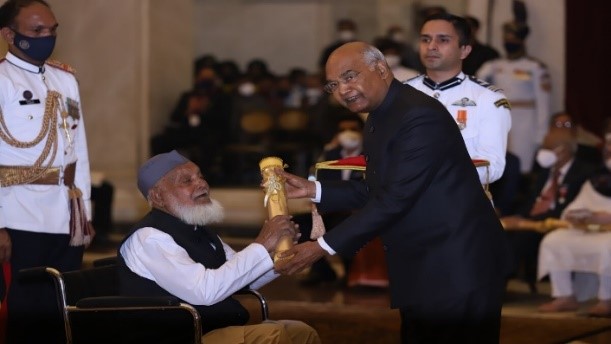
About Shareef Chacha
- A cycle mechanic by profession, Shareef Chacha has become the last rite Samaritan in Ayodhya.
- After his eldest son was murdered and left on the streets for the stray dogs to feed upon, he decided to not let any other person to have that fate.
- He performs the last rites of unclaimed dead bodies of all religions with full dignity.
- Due to his unending empathy and compassion towards the issue, he has been awarded the Padma Shri Award 2021.
Lessons to learn:
Compassion, Empathy, Samaritan
Quote:
Empathy begins with understanding life from another person's perspective. Nobody has an objective experience of reality. It's all through our own individual prisms. Sterling K. Brown
Source:
Share the article
Get Latest Updates on Offers, Event dates, and free Mentorship sessions.

Get in touch with our Expert Academic Counsellors 👋
FAQs
UPSC Daily Current Affairs focuses on learning current events on a daily basis. An aspirant needs to study regular and updated information about current events, news, and relevant topics that are important for UPSC aspirants. It covers national and international affairs, government policies, socio-economic issues, science and technology advancements, and more.
UPSC Daily Current Affairs provides aspirants with a concise and comprehensive overview of the latest happenings and developments across various fields. It helps aspirants stay updated with current affairs and provides them with valuable insights and analysis, which are essential for answering questions in the UPSC examinations. It enhances their knowledge, analytical skills, and ability to connect current affairs with the UPSC syllabus.
UPSC Daily Current Affairs covers a wide range of topics, including politics, economics, science and technology, environment, social issues, governance, international relations, and more. It offers news summaries, in-depth analyses, editorials, opinion pieces, and relevant study materials. It also provides practice questions and quizzes to help aspirants test their understanding of current affairs.
Edukemy's UPSC Daily Current Affairs can be accessed through:
- UPSC Daily Current Affairs can be accessed through Current Affairs tab at the top of the Main Page of Edukemy.
- Edukemy Mobile app: The Daily Current Affairs can also be access through Edukemy Mobile App.
- Social media: Follow Edukemy’s official social media accounts or pages that provide UPSC Daily Current Affairs updates, including Facebook, Twitter, or Telegram channels.

